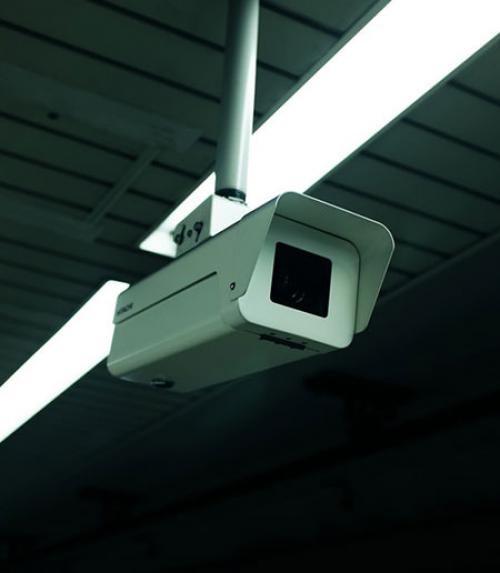This is an episode from the “What Makes Us Human?” podcast's fifth season, "What Do We Know about Inequality?" from Cornell University’s College of Arts & Sciences, showcasing the newest thinking from across the disciplines about inequality. Featuring audio essays written and recorded by Cornell faculty, the series releases a new episode each Thursday through the fall semester.
My research looks at a key paradox in children’s development. On one hand, we know that children do better inside and outside of school when their parents are involved in their education. Parental involvement boosts children’s academic achievement and reduces the likelihood that students will drop out or have behavioral problems.
On the other hand, schools are increasingly incorporating features of the criminal justice system, such as metal detectors, school resource officers, video surveillance and collaborative relationships with police, immigration officials, and child welfare authorities. These features can create climates of fear and distrust for some parents. Parents involved with punitive systems — such as the criminal justice system — can be wary of their children’s school and reluctant to fully engage. Parents who avoid contact with schools reduce their children’s access to resources, information, and avenues of social integration. Also, parents may convey feelings of institutional distrust to their children. Since punitive systems disproportionately affect kids from low-income, racial minority, and immigrant families, who are already at a disadvantage, this means schools could actually be exacerbating already-existing inequalities.
Why is this important? The number of school-aged children in the United States with currently or formerly incarcerated parents sits at record levels. And that means we need to understand how mass incarceration furthers inequality and exclusion across generations. My own research shows that the incarceration of fathers is a unique marker of disadvantage. Fathers who feel at risk in their children’s schools can’t participate fully in promoting their children’s learning. They are less able to help with homework, read with children, and communicate educational expectations. They also miss out on school-based involvement, like attending events, participating in parent-teacher organizations, chaperoning field trips, and communicating with teachers and administrators.
Sociologists have shown that people who have been involved in the criminal justice system often deliberately avoid later engagement with surveilling institutions. Fathers who have served time may therefore choose to refrain from activities that require interaction with the school, such as volunteering or attending parent-teacher conferences.
Many parents also “opt out” of meaningful interactions with community institutions because of stigma or fear of having their online criminal records discovered by teachers, school officials, parents, or even their own children. Some parents assume that they’ll be barred from schooling activities such as volunteering — given that extensive background clearances are required in some states. Other previously incarcerated parents worry about stigma or embarrassment. Even if charges were minor or ultimately dismissed, parents may opt out, knowing that online criminal records loom large in our digital age.
As the number of young school-aged children with incarcerated parents grows, there may be strong, lasting, and negative consequences from this vicious cycle. A father’s avoidance of his child’s school may not flow from lack of caring, but from fear of stigma or punishment.
Clearly, the country needs social policies that take into account the varied ways families, schools, and the criminal justice system interact. Untangling the secondary harmful effects of parental incarceration — including harms to children’s schooling — is necessary to prevent reproducing inequalities from one generation to the next. Doing everything possible to increase parent involvement by the formerly incarcerated is important, because such steps are likely to strengthen family-school partnerships and improve the chances of educational success for a growing segment of American children.
Photo by Alex Knight on Unsplash




